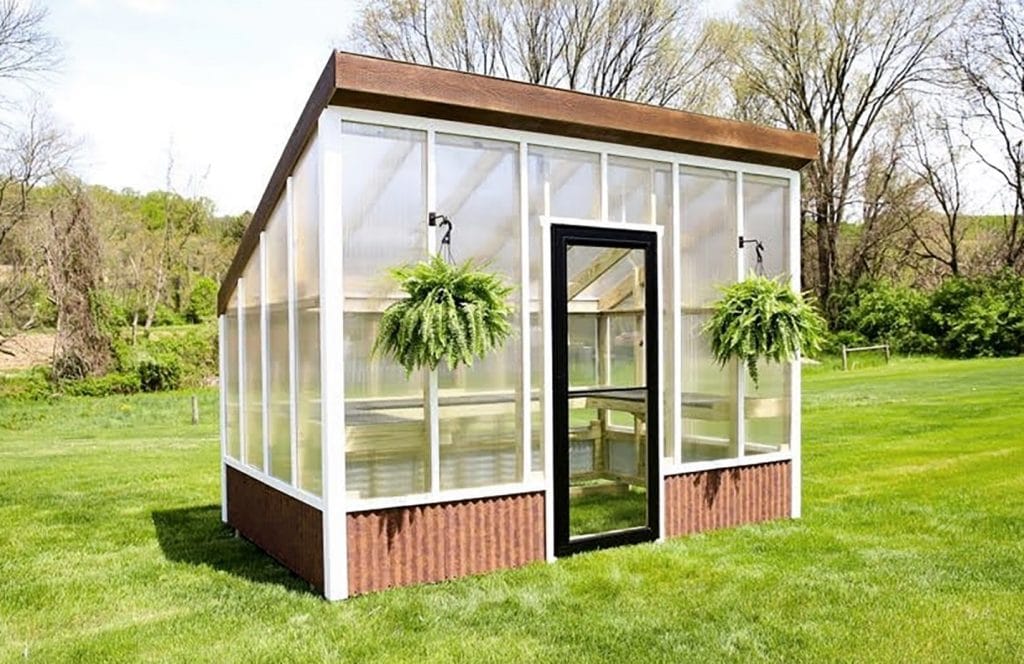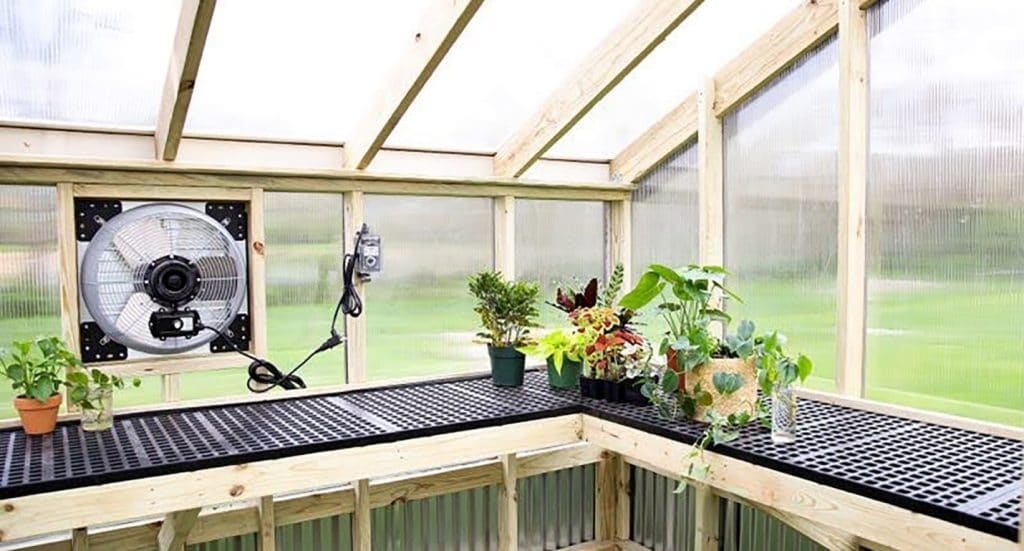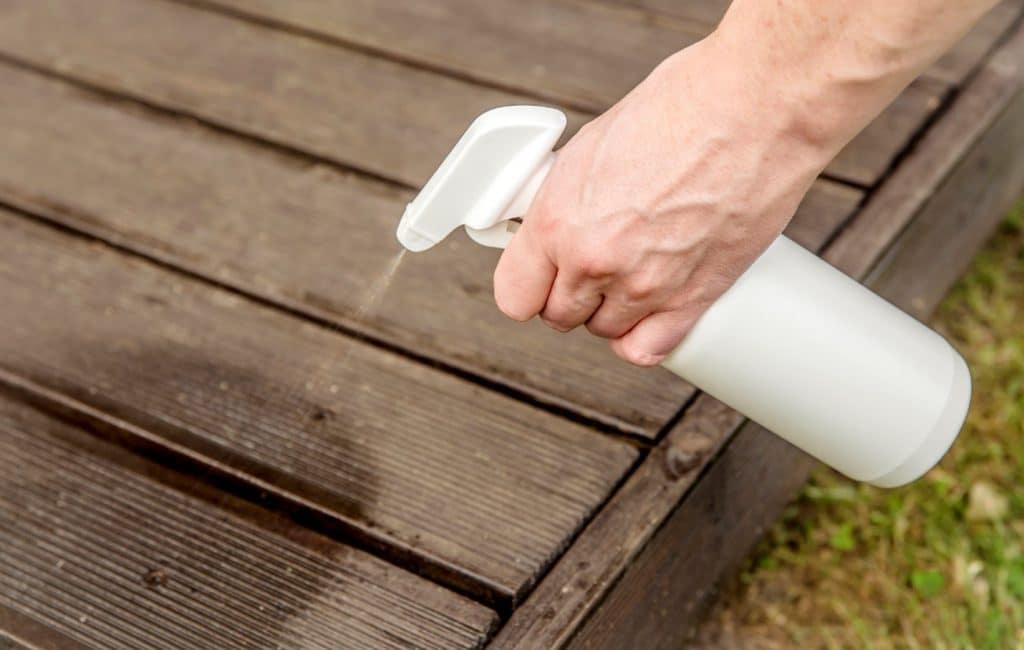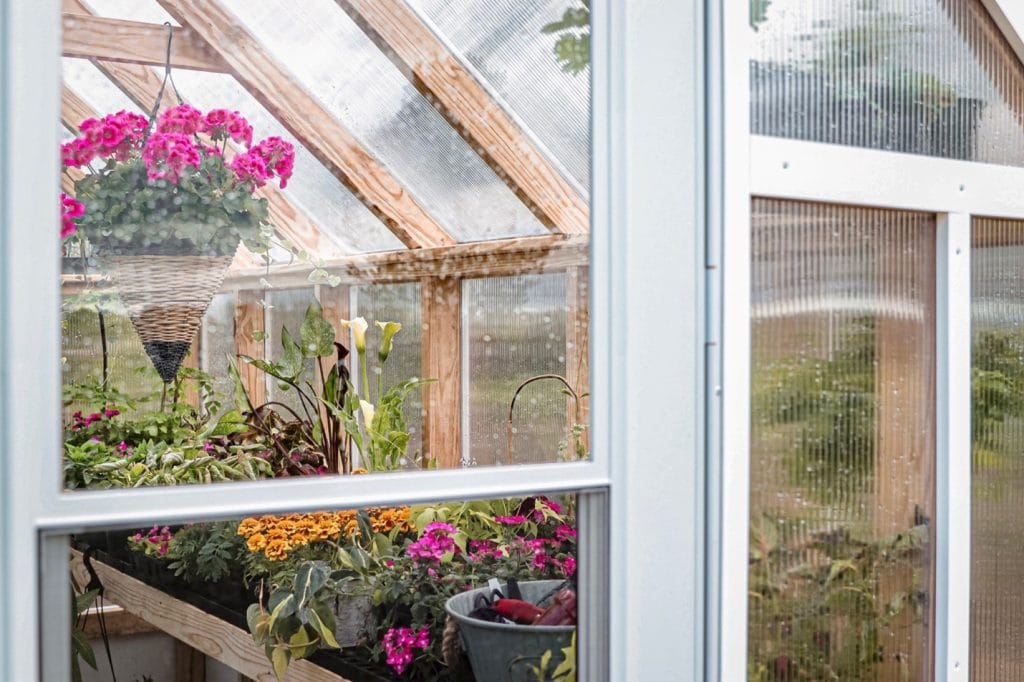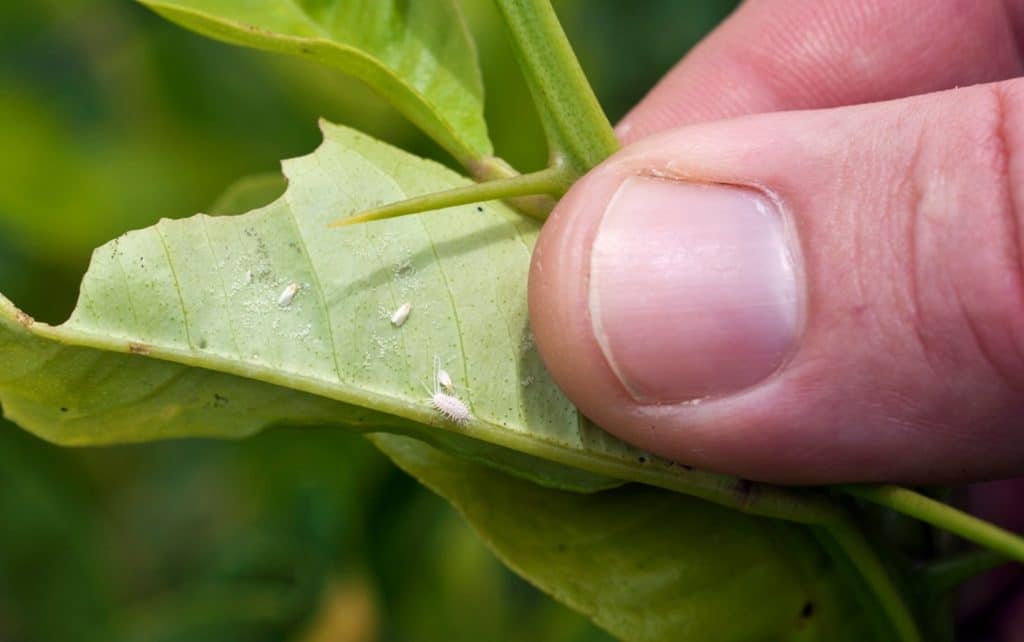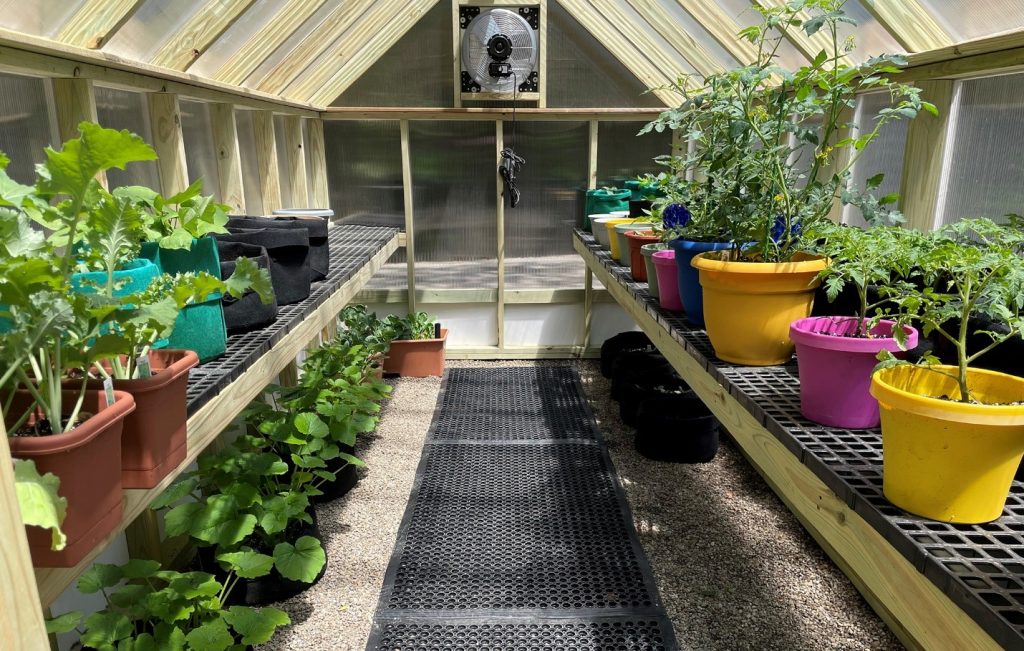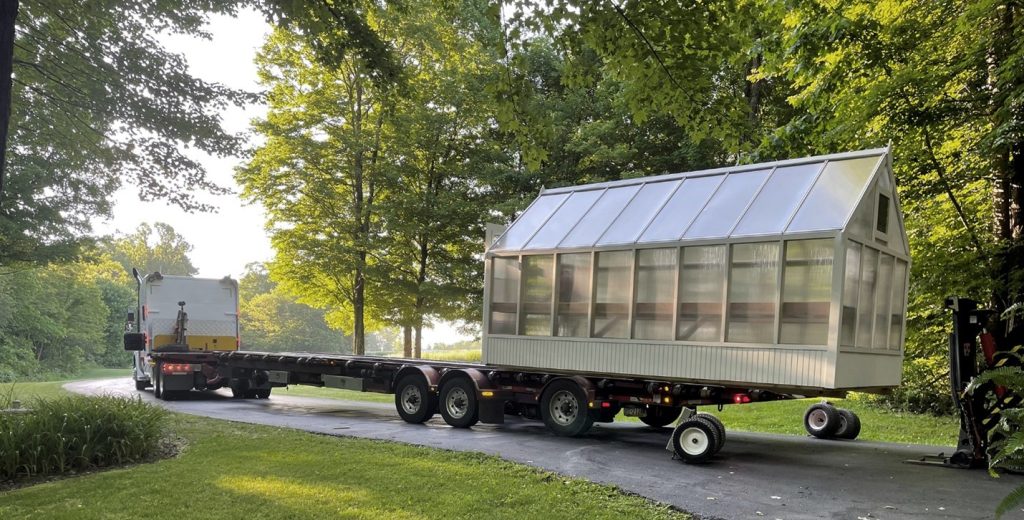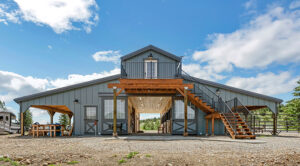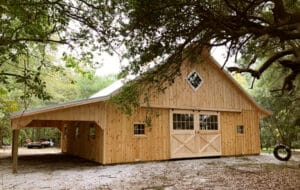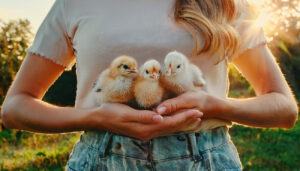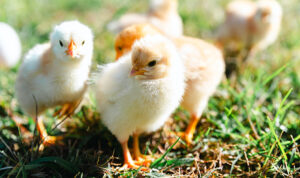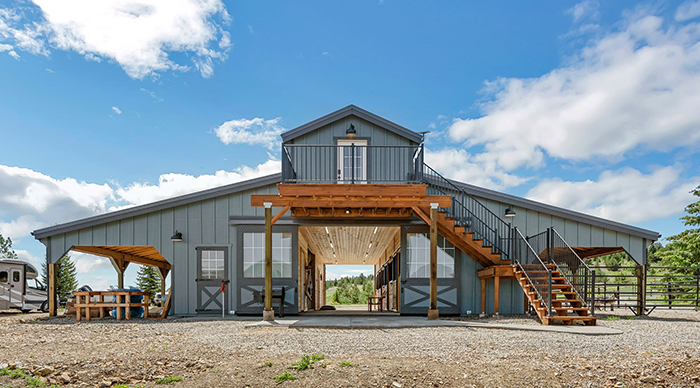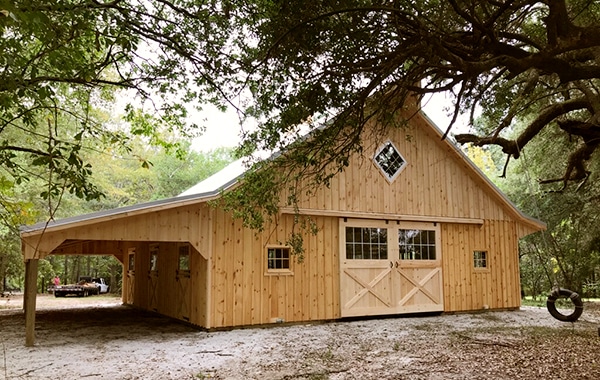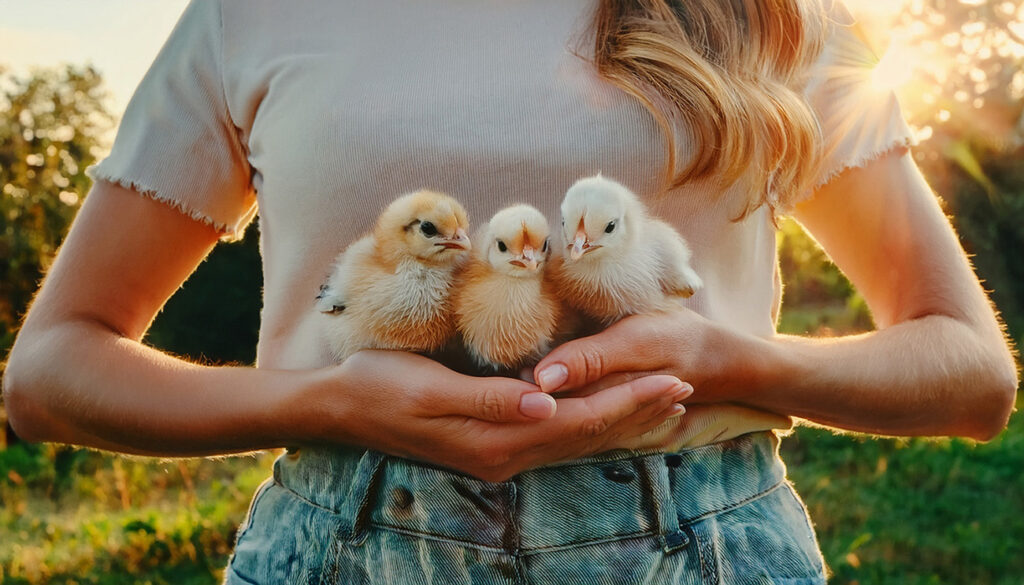The acquisition of a hobby greenhouse is every gardener’s dream event. The virtually bug-free, temperature-controllable environment is a boon to not just the length of the growing season but also offers an opportunity for experimentation and creative flair.
There are a few things to know before you grow. Pre-emptive measures can save plant loss and increase the satisfaction of owning your very own backyard hobby greenhouse. Let’s dig in…
Enhance Temperature Control
The addition of fans and shade cloths to a greenhouse can make all the difference to counteract the effects of extremely hot weather. Not all plants enjoy being baked under polycarbonate or glass despite regular watering. The use of humidifiers and the ability to modify the temperature of the greenhouse interior are valuable tools for creating a microclimate where plants will thrive.
Automated fans work well, and additional oscillating fans can help defray heat spots within the greenhouse.
Coordinating some form of wireless temperature transmitter to communicate any huge variances in temperature that may occur and require immediate action.
Ant Invasion
Inevitably the busy and resourceful ant fraternity will discover your plants and the feeding supply keeping them healthy and growing. While wiping down surfaces with acidic products such as vinegar and lemon juice may deter their travel across certain surfaces, it is best to deal with their activities on a more permanent basis and eradicate their presence.
An effective but simple trick is to dissolve some sugar in warm water and add a teaspoon or two of boric acid (easy to source at your local pharmacy and inexpensive) to the recipe and place the mixture in a saucer or shallow vessel with access for the troop of ants to find during their reconnaissance. The clever ants tell each other where this rich new food source lives and before long with military precision a long line of ants will march back and forth from sugar mixture to their nests to store and digest the feast. This ingestion will cause their demise.
Water Management
Don’t forget to add gutters to your backyard hobby greenhouse if you don’t want muddy ground on either side of the greenhouse or water migrating into the interior of the space. The collection of guttered water for watering needs may be an option if the roof contains no toxins or toxic chemicals within its construction at seams or materials used for roofing.
Many gardeners use the long sides of their greenhouses as handy additional beds to set up plants that may benefit from their proximity to the warmth of the siding of the greenhouse during summer months and/or protection from strong winds.
Know Your Bugs
It is inevitable that bugs of some sort will either fly into the greenhouse when the screen door is ajar or arrive on a plant moved into the greenhouse from elsewhere.
Some research into the more common pests that attack plants and the ability to recognize and treat them can prove useful in preventing an infestation and attacking any emerging threat before it takes hold.
Common pests include aphids, mites, cabbage loopers, caterpillars, slugs, and whiteflies.
Biosecurity measures such as placing screens on the open greenhouse windows and at doorways and regular checking of plants within the greenhouse are good ways to mitigate the risk of pest intrusion.
You may consider adding yellow sticky cards and other user-friendly safe ‘traps’ around the space to capture unwanted residents that try to set up shop. However, be aware these sticky mats can also capture beneficial visitors that actually help plant life stay healthy such as ladybugs and spiders.
Fungus and Diseases
All plants can host diseases from time to time and being able to recognize and treat common issues quickly is a smart way to minimize their damage. This is a great resource for handling everything from powdery mildew to mites.
Write It Down
Keeping a record of high and low temperatures, and your growing pattern and success of growing and going green is a huge asset when it comes to those long winter evenings pondering about how life with the backyard hobby greenhouse could be more productive.
Every location and even micro-region provide different challenges and tracking daily changes can help you manage a better trajectory next season.
Bottom Up
Water seedlings and plants from the base to avoid the myriad of issues that can occur with damping off. Don’t use ice cold water as this can shock plants and lead to plant loss.
Remember to dilute all fertilizers and apply carefully away from roots. Follow recommendations from the manufacturers of these products carefully.
Be careful not to use soil and mulch products that are chemically treated as this may negatively affect the safety or organic benefit of vegetables or fruits that are to be ingested. There are many remedies that can be used to safely preserve, treat, and grow healthy plants and vegetables that do not require the use of risky or untested products in the greenhouse food chain that you are likely planning to feed the family.
Don’t Delay Your Planting Building a Greenhouse… Buy PREFAB!
Horizon Structures Greenhouses are Delivered Fully-Assembled and Ready for Immediate Use
Learn More HERE.


